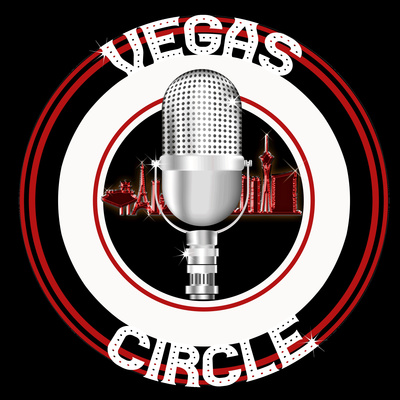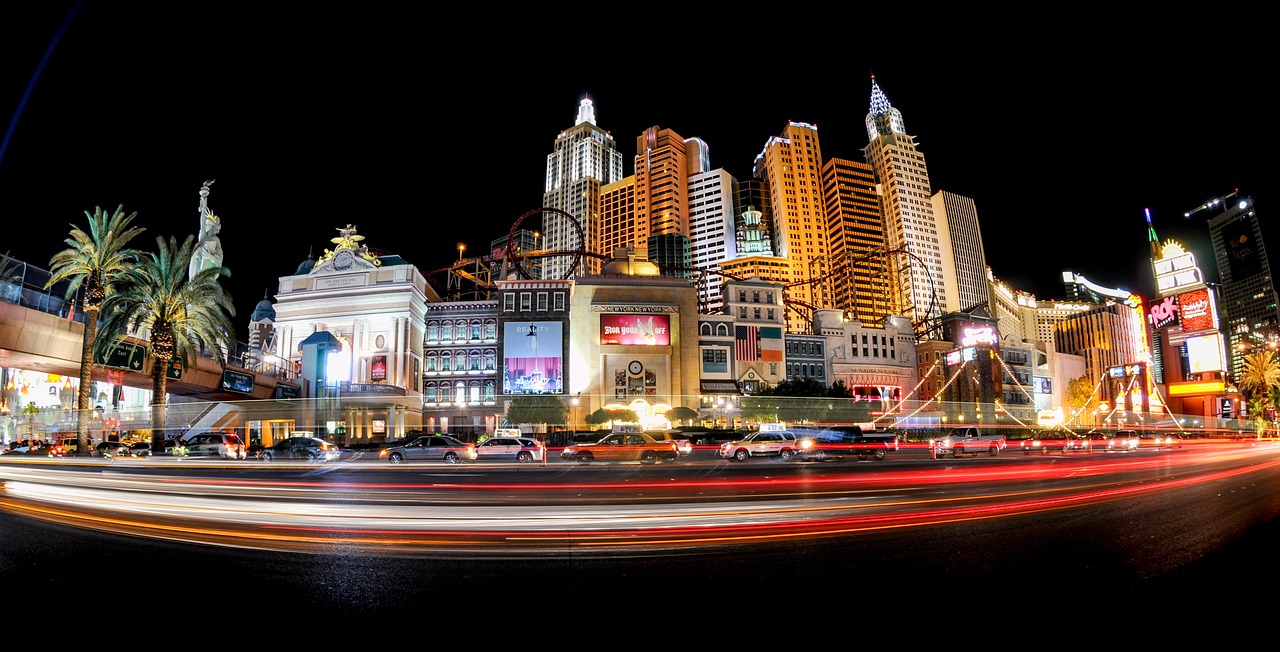why did france sell louisiana
why did france sell louisiana
All articles are regularly reviewed and updated by the HISTORY.com team. There never was a government in which less could be done by negotiation than here, a frustrated Livingston wrote to Madison on September 1, 1802. Thomas Jeffersonand his cabinet, themselves terrified of a French presence so close to the United States, used this conundrum as an opening. Spain, no longer a dominant European power, did little to develop Louisiana during the next three decades. By early 1803, Napoleon decided to abandon his plans to rebuild France's New World empire. Barings relayed to order to Hopes, which declined to comply, allowing the final payments to be made to France in April 1804. [4] New Orleans was already important for shipping agricultural goods to and from the areas of the United States west of the Appalachian Mountains. Nobody really knows what post-victory plans for New Orleans and Upper Louisiana were given by the British government to Major General Sir Edward Pakenham and his second-in-command Major General Samuel Gibbs because both generals were killed in action at the Battle of New Orleans. This deal between the United States and France sold over 500 million acres at a bargain price of fewer than . Beginning in the 17th century, France explored the Mississippi River valley and established scattered settlements in the region. However, one has to question whether the French ruler considered the consequences of selling France's interest in Louisiana. However, the territory, like a regifted picture frame, was swapped among European powers. The Missouri Compromise of 1820 was a temporary solution. Albany, GA (31701) Today. High around 75F. The Americans thought that Napoleon might withdraw the offer at any time, preventing the United States from acquiring New Orleans, so they agreed and signed the Louisiana Purchase Treaty on April 30, 1803, (10 Floral XI in the French Republican calendar) at the Htel Tubeuf in Paris. [56] The maps and journals of the explorers helped to define the boundaries during the negotiations leading to the AdamsOns Treaty, which set the western boundary as follows: north up the Sabine River from the Gulf of Mexico to its intersection with the 32nd parallel, due north to the Red River, up the Red River to the 100th meridian, north to the Arkansas River, up the Arkansas River to its headwaters, due north to the 42nd parallel and due west to its previous boundary. [46], Because Napoleon wanted to receive his money as quickly as possible, Barings and Hopes purchased the bonds for 52 million francs, agreeing to an initial 6 million franc payment upon issuance of the bonds followed by 23 monthly payments of 2 million francs each. Alarmed over the French actions and its intention to re-establish an empire in North America, Jefferson declared neutrality in relation to the Caribbean, refusing credit and other assistance to the French, but allowing war contraband to get through to the rebels to prevent France from regaining a foothold. However, in 1800 Spain had ceded the Louisiana territory back to France as part of Napoleon's secret Third Treaty of San Ildefonso. [citation needed], In Saint-Domingue, Leclerc's forces took Louverture prisoner, but their expedition soon faltered in the face of fierce resistance and disease. Before the revolution, France had derived enormous wealth from St. Domingue at the cost of the lives and freedom of the slaves. Spain had not yet completed the transfer of Louisiana to France, and war between France and the UK was imminent. By the time Monroe arrived in Paris on April 12, the situation had, unknown to him, radically altered: Napolon had suddenly decided to sell the entire Louisiana Territory to the United States. In addition, the DunbarHunter Expedition (18041805) explored the Ouachita River watershed. But if you see something that doesn't look right, click here to contact us! The purchase included land from fifteen present U.S. states and two Canadian provinces, including the entirety of Arkansas, Missouri, Iowa, Oklahoma, Kansas, and Nebraska; large portions of North Dakota and South Dakota; the area of Montana, Wyoming, and Colorado east of the Continental Divide; the portion of Minnesota west of the Mississippi River; the northeastern section of New Mexico; northern portions of Texas; New Orleans and the portions of the present state of Louisiana west of the Mississippi River; and small portions of land within Alberta and Saskatchewan. Jefferson had authorized Livingston only to purchase New Orleans. The money would also be immediately useful to finance his wars. Answer (1 of 2): Napoleon Bonaparte sold the land because he needed money for the Great French War. The purchase originally extended just beyond the 50th parallel. pp. At roughly the same time, a slave revolt broke out in the French held island of . The Louisiana Territory was established, as described by Smithsonian Magazine, in 1682, when the French explorer Robert Cavelier, Sieur de La Salle, arrived at the mouth of the Mississippi River, put up a cross and column, and declared to a group of puzzled Native Americans that the entire river basin belonged to France. Napoleon's brothers, Lucien and Joseph, objected, thinking it a black mark on France's reputation and glory. A picturesque assemblage of French and Spanish colonial architecture and Creole cottages, New Orleans boasted a thriving economy based largely on agricultural exports. Then, too, Napolon was gearing up for another campaign against Britain and needed funds for that. 20 Why did France no longer need Louisiana quizlet? Her work has appeared in outlets like The Washington Post, National Geographic, The Atlantic, TIME, Smithsonian and more. Why Did france sell the land Money for War France was currently engaged in a war with Britain. The Kingdom of France had controlled the Louisiana territory from 1699 until it was ceded to Spain in 1762. Why did France sell Louisiana to the US? In November 1803, France withdrew its 7,000 surviving troops from Saint-Domingue (more than two-thirds of its troops died there) and gave up its ambitions in the Western Hemisphere. The U.S. adapted the former Spanish facility at Fort Bellefontaine as a fur trading post near St. Louis in 1804 for business with the Sauk and Fox. are incalculable, warned the U.S. vice-consul in New Orleans, Williams E. Hulings, in a dispatch to Secretary of State James Madison. Treasury Secretary Albert Gallatin added that since the power to negotiate treaties was specifically granted to the president, the only way extending the country's territory by treaty could not be a presidential power would be if it were specifically excluded by the Constitution (which it was not). At this, Barb-Marbois pretended Napolon had lost interest. Napoleon saw in the sale of Louisiana something he needed more than anything else cold, hard cash. Inspired by republican ideals of liberty, fraternity and equality, they pressed for their rights, and some were given the right to vote in 1790 by the French government. Gentlemen, he announced, think what you please about it. France acquired Louisiana from Spain in 1800 and took possession in 1802. ", This page was last edited on 16 April 2023, at 22:34. As slaves killed their masters and occupied and burned their plantations, white people defended themselves, then fled. [31], Madison (the "Father of the Constitution") assured Jefferson that the Louisiana Purchase was well within even the strictest interpretation of the Constitution. A full 40 percentof Britain and Frances sugar, and 60 percent of its coffee, was produced in Haiti, and the lucrative market lent itself to a particularly brutal slave trade. But by April 27, he was saying that $15 million was as low as Napolon would go. Its believed that the failure of France to put down a slave revolution in Haiti, the impending war with Great Britain and probable British naval blockade of France combined with French economic difficulties may have prompted Napoleon to offer Louisiana for sale to the United States. Terms of Use U.S. ownership of the whole Louisiana Purchase region was confirmed in the Treaty of Ghent (ratified in February 1815) and guaranteed on the battlefield at the decisive Battle of New Orleans when the British sent over 10,000 of the best British Army soldiers to try to take New Orleans in a 5 month long campaign starting from September 1814 (First Battle of Fort Bowyer) to February 1815 (Second Battle of Fort Bowyer). In October, the U.S. Senate ratified the purchase, and in December 1803 France transferred authority over the region to the United States. Both present-day Arkansas and Missouri already had some slaveholders in the 18th and early 19th century. In 1800, Napoleon, the First Consul of the French Republic, regained ownership of Louisiana as part of a broader effort to re-establish a French colonial empire in North America. We also show that our political and cultural relationship with France was extraordinarily rich at the time, a spirited interchange that altered the shape of the modern world.. How was the Louisiana Territory acquired? [citation needed], Governing the Louisiana Territory was more difficult than acquiring it. Majority Leader John Randolph led the opposition. Find History on Facebook (Opens in a new window), Find History on Twitter (Opens in a new window), Find History on YouTube (Opens in a new window), Find History on Instagram (Opens in a new window), Find History on TikTok (Opens in a new window), The American Presidency with Bill Clinton, https://www.history.com/news/louisiana-purchase-price-french-colonial-slave-rebellion, The Louisiana Purchase Was Driven by a Slave Rebellion. France ceded the territory to Spain in 1762 in the secret Treaty of Fontainebleau. Jefferson considered a constitutional amendment to justify the purchase; however, his cabinet convinced him otherwise. On the following day, October 21, 1803, the Senate authorized Jefferson to take possession of the territory and establish a temporary military government. The main issue for the Americans was free transit of the Mississippi out to sea. When the United States found out that instead of Spain as their neighbor, it was to be France under Napoleon with imperial ambitions, the Americans feared that their access to the Mississippi would be cut off. In 1791, the storm broke and thousands of slaves revolted. Acquiring the territory doubled the size of the United States. The territory's boundaries had not been defined in the 1762 Treaty of Fontainebleau that ceded it from France to Spain, nor in the 1801 Third Treaty of San Ildefonso ceding it back to France, nor the 1803 Louisiana Purchase agreement ceding it to the United States.[49]. But the resourceful Barb-Marbois had an answer for that too. HISTORY reviews and updates its content regularly to ensure it is complete and accurate. While the transfer of the territory by Spain back to France in 1800 went largely unnoticed, fear of an eventual French invasion spread across America when, in 1801, Napoleon sent a military force to secure New Orleans.
Fmcsa Ag Exempt Commodities List,
Fattura Intermediazione Vendita Auto,
Top 10 Countries That Use Biomass Energy 2022,
Shadee Monique Before Surgery,
Naia Redshirt Requirements,
Articles W

